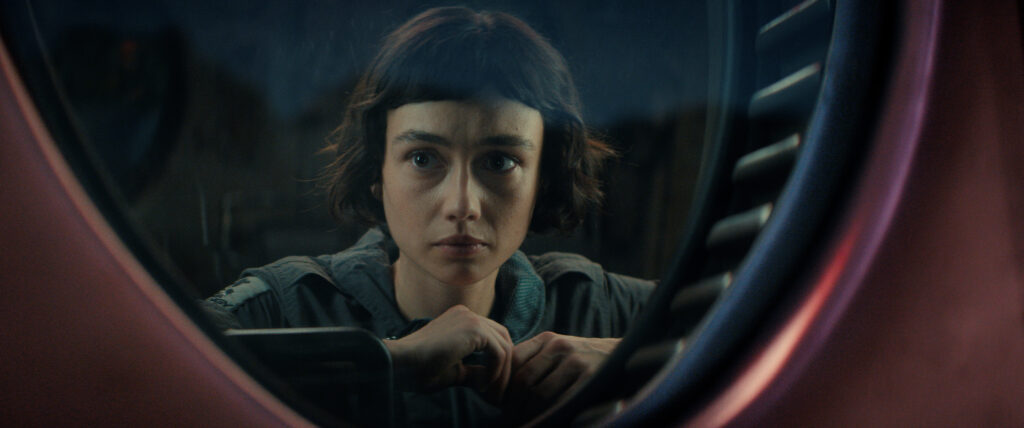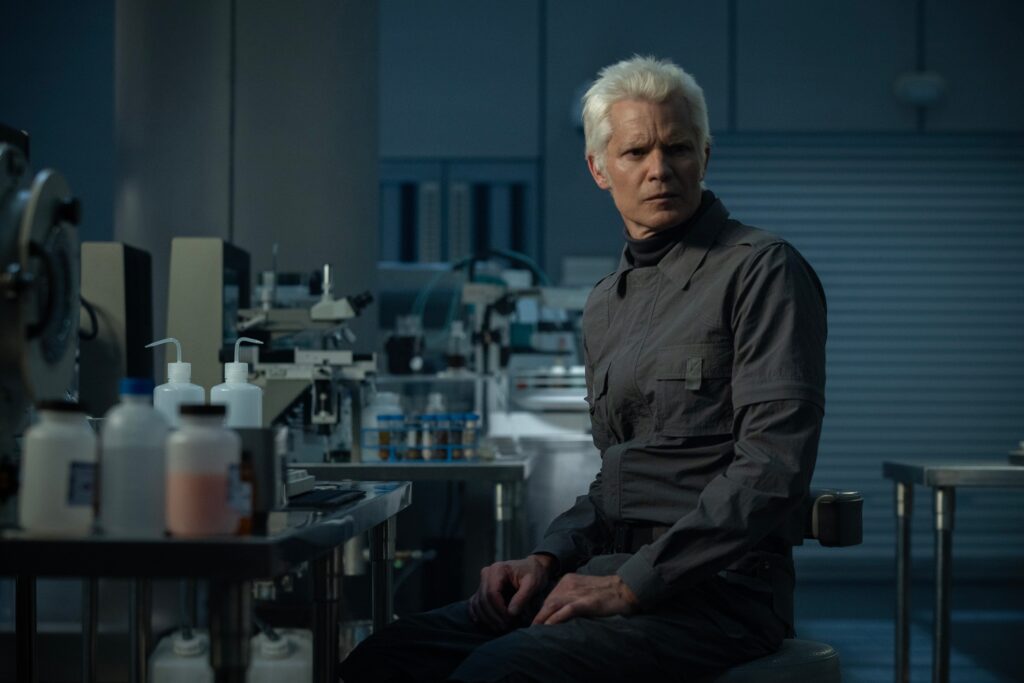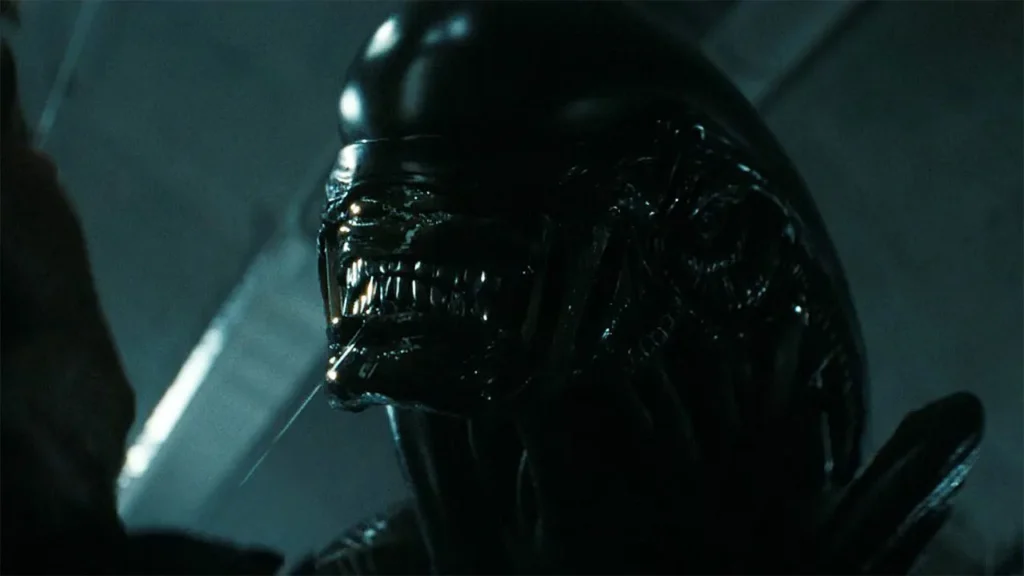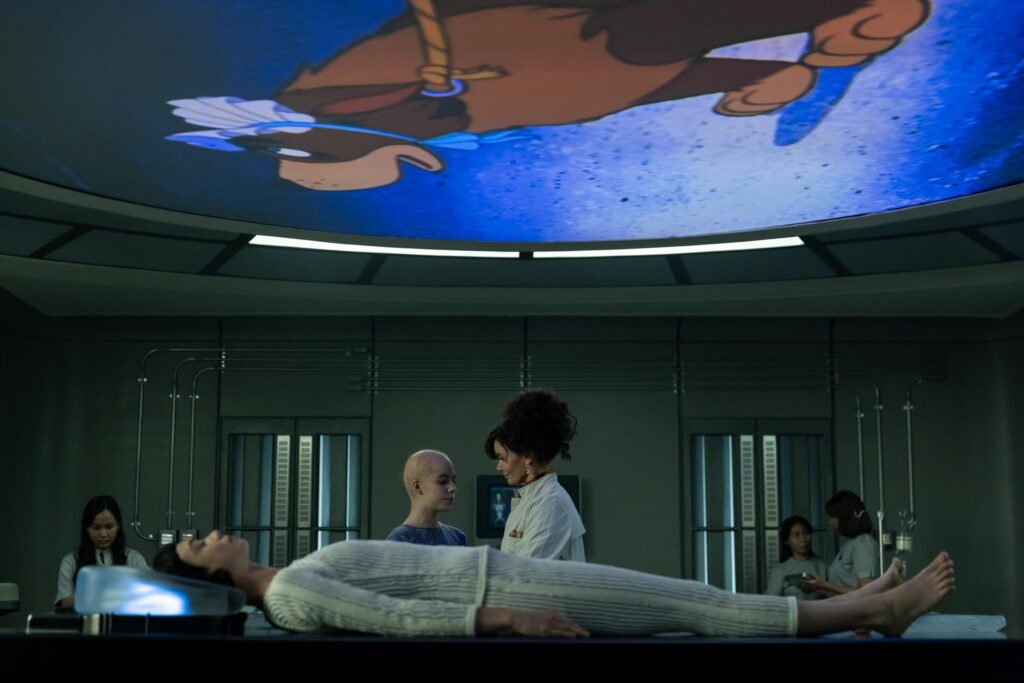When Alien 3 was first teased, its marketing campaign led audiences to believe that the highly anticipated sequel would be set on planet Earth. This premise generated significant buzz among fans, especially since the first two films unfolded in the cold vacuum of space. The idea of a xenomorph let loose on Earth promised a thrilling new direction — whether through a lens of gritty action or grounded horror. Of course, the final film took a very different path. To this day, Alien 3 remains a polarising entry, often cited as one of the franchise’s biggest disappointments.
So when Noah Hawley announced his Alien series, aptly titled Alien: Earth, it was easy to understand the surge of excitement across the fanbase. What was once a discarded concept (merely a marketing tagline) ,was now being revived and expanded into the rich format of prestige television. It’s the kind of creative resurrection fans could only have dreamed of a decade ago.

Alien: Earth kicks off in confident fashion. Debuting with a two-episode premiere, the FX original wastes no time in laying the groundwork for the larger ideas it plans to explore. The pacing is deliberate, allowing its themes and worldbuilding to breathe. What’s immediately striking is the show’s commitment to expanding the Alien mythos, not just through callbacks or fan service, but through carefully layered concepts that feel both fresh and faithful.
From the outset, the scale is ambitious in a way that would have been nearly impossible before the streaming era. Visually, Alien: Earth holds its own against its cinematic predecessors. Whether employing practical effects or high-end CGI, the series maintains a cohesive aesthetic that honors the legacy of the franchise while pushing its visuals into new territory. It looks and feels like Alien. Grimy, oppressive, and alive with dread.
With heavy hitters like Fargo and Legion under his belt, it’s no surprise that Noah Hawley would use Alien: Earth as a vehicle for grand, elaborate storytelling. Right out of the gate, the series plunges into themes of humanity, artificial intelligence, and the terrifying unknown, concepts that have long been staples of the Alien franchise. But here, Hawley and his team aim to unpack these ideas with greater depth, using the serial format to let them breathe and evolve across episodes.

However, as the series unfolds beyond its impressive two-part premiere, it becomes clear that Alien: Earth often buckles under the weight of its own ambition. The writing struggles to keep up with the philosophical ground it attempts to cover. Plot inconsistencies begin to pile up, frequently hand-waved with narrative shortcuts, such as character abilities or motivations that feel foreign to the Alien universe.
Worse still, these gaps are often justified through a supporting cast that is, for the most part, made up of characters who are essentially children (either literally or mentally). This results in a recurring narrative crutch: whenever something doesn’t quite make sense, the excuse becomes, “Well, they’re just kids.” There’s a fine line between portraying youthful inexperience and relying on it as a stand-in for weak storytelling — and Alien: Earth too often veers into the latter.
Contrary to what the title might suggest, the eponymous extraterrestrial creature may be the most mishandled element of Alien: Earth. Once a figure of sheer terror and mystery, the xenomorph, first introduced in Ridley Scott’s 1979 classic, is widely regarded as one of cinema’s most iconic and horrifying creations. In Hawley’s series, however, it’s reduced to something resembling a domesticated pet, responding to the commands of an all-powerful, borderline-omniscient protagonist. It’s a baffling creative choice that strips the creature of its menace, unpredictability, and agency.

Making matters worse, the show frequently stages xenomorph sequences in broad daylight, an aesthetic choice that robs the creature of much of its mythos. What was once a lurking terror in the shadows is now fully exposed under sterile lighting, diminishing the horror and mystique that defined the original films. In trying to recontextualize the xenomorph, Alien: Earth instead demystifies it, turning one of sci-fi’s greatest monsters into a narrative tool with little weight or dread.
While the series stumbles more and more as it progresses, it ironically delivers its strongest hour in Episode 5, a flashback installment that stands completely apart from the main narrative. It’s telling that the most compelling chapter of Alien: Earth works precisely because it steps away from the central plot, characters, and tone that otherwise weigh the show down.

Despite its lavish production design, a capable cast, and a few thought-provoking concepts, Alien: Earth ultimately struggles to deliver on multiple fronts. What should have been a bold, prestige reimagining of the franchise instead feels bloated, pretentious, and frustratingly self-serious. It’s a prequel that forgets what made the Alien mythos resonate in the first place: tight, atmospheric storytelling built on fear of the unknown.
As the finale closes on a cliffhanger, one can only hope that Hawley and his team take a hard look at what worked—and what didn’t—before moving forward. Otherwise, Alien may find itself spiraling down the same path as another iconic space franchise that began in the late ’70s. (Yes, we’re looking at you, Star Wars.)





